For another example of what has become a personal tradition, of sorts, yet another large section of a Grand Tour has ended in a rather anticlimactic manner. It is understandable, I think, to look forward to completing a long segment of a tour, especially one that ends at a port where a sea voyage will subsequently begin, and to do so by cycling right up until the very end point. While this is always part of the original plans for my long tours, for various reasons, things change along the way and it is often an unwelcome circumstance that a transfer to the port must be made using alternative transportation. Frequently, that is caused by changes to a ship’s schedule, an unavoidable fact of life where sea travel is concerned, but in some cases these unplanned reroutes are more the fault of the cyclist. Unfortunately, in this case the latter situation was what dampened the mood for the end of this section.
When I first sketched out my tentative route for World2 a few years ago, the last place I wanted to see in the Neotropical section was Salvador, in Bahia. I knew that there would need to be an ocean crossing after that, but it was too soon to see a list of possible passenger-carrying vessels and ports served, since sailing routes change fairly often. Most of the major ports in Brazil are located in the southern part of the country, and so I already realized that I might not have enough time to ride down to one of those, if needed, and might require a transfer by air in that eventuality. So I was very excited when, in early 2019, I noticed that a ship could take me from the northern port of Natal, to the exact final destination I wanted to get to, at exactly the time I needed to leave. I quickly booked passage on that ship, the CMA-CGM St Laurent, and set about reworking my route to accommodate that change.
All that entailed was the addition of a segment of about 1,100 kilometers from Salvador northward along the Atlantic coast, to Natal. The extra days required for that would have to be taken from the schedule of the earlier portion of the section through Brazil. That turned what I had hoped would be a nice, leisurely ride, with lots of days off for rest and birding, into a more regimented affair, with a tighter schedule. I accepted that situation, since I felt that the added segment to Natal would be one of the more pleasant of the entire tour, with mild terrain, some interesting beach towns, and a few noteworthy sights to see along the way.
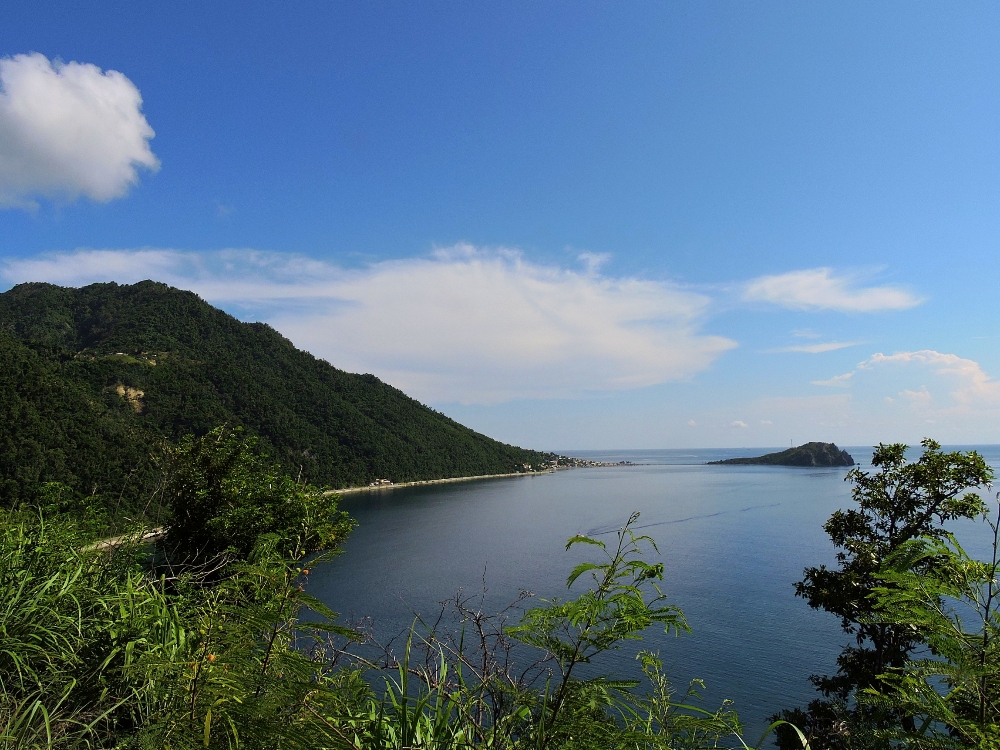
It was not to be, however, as when I was out birding near Rio during one of my short side trips, I felt the onset of the effects of an invading virus begin. Call it a cold, or flu, or maybe even some exotic tropical strain of something else, it doesn’t matter much, for whatever it was packed quite a punch, and held on tenaciously to its stronghold in my chest for an unreasonable amount of time. When on tour, basic infections like that often turn into bronchitis, at least they do for me, and that happened once again in this instance. I can usually keep cycling through that condition, but in this case there were some extra knock-on effects, which I won’t bore anyone with the details of, that made riding more difficult. I gave it a good effort, with a few days of slow riding early on, but those were far from adequate, and it soon became clear that the rest of the route wasn’t going to happen. Had there not been a deadline to board my ship, I could have waited things out somewhere and then finished the route once I felt stronger again. However, the deadline was firm, of course, so there really wasn't any other option apart from ending the section early.
Prior to that untimely end to the section, I had traveled a little over five thousand eight hundred kilometers by bicycle since leaving the mainland of North America, with 13,300 km in total for World2 so far. I consider that to be an exceptionally poor result for four months of travel, but, actually, it was right in line with what my original plans were for this point of the Tour. Had I completed the final segment as planned, I would be up to just below fifteen thousand kilometers by now, and I would feel a little better about that number. Most of the distance traversed in the Neotropical section could be said to have involved reasonably good cycling conditions, at least as far as roads were concerned. There was relatively little terrain to deal with, most of the time, and while there were certainly some lengthy sections with heavy traffic, or poor road surfaces (or both,) on average the roadways used were not too bad. There were a couple of general circumstances that made this section feel longer and harder than it actually was, however.
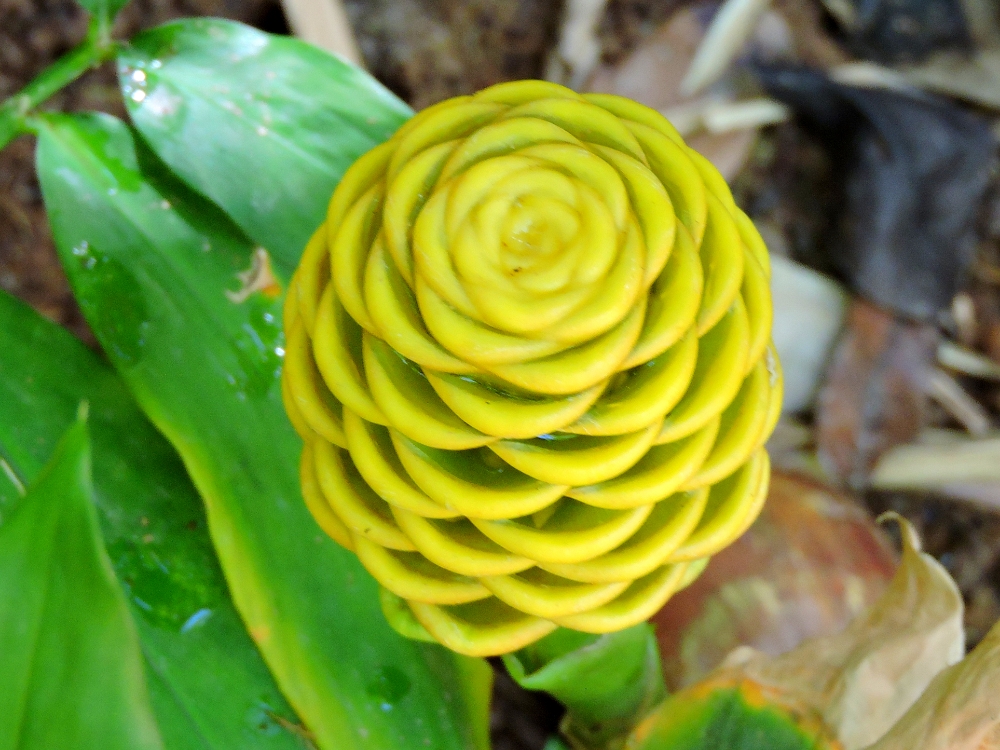
One of those was a lack of consistency. On a tour, especially on a very long one, settling in to a routine of cycling effort, where one spends about the same number of hours riding each and every week, provides a huge benefit to the cyclist, increasing both the level of enjoyment and the chances of overall success. Given the nature of my route in this section, I was doomed to be inconsistent right from the start. Numerous transfers between Caribbean islands, an airline losing the bike, going up river in Suriname, skipping over the Guyanan jungle, and, of course, a long voyage down the Amazon by boat, all conspired to fracture my cycling routine. The anticipated result of that was that, just when I was feeling in top cycling form, another gap would come along and my level of fitness would drop back down a little. Consequently, I never felt that I was even close to where I should have been, physically, by this point in the Tour. And, of course, it’s going to get worse. Three weeks of down time from this stupid virus, then two weeks at sea, and then a period of limited cycling at the other end, for seasonal reasons, all mean that by the time I seriously get moving again, several weeks from now, it will be as if I am starting from scratch again. I do not relish that prospect, but I will deal with it one way, or another.
The other big factor that has resulted in major effects for the Tour has been climate. While that statement, of course, applies to any long tour, or any long trip in general, in this case I feel that I have been somewhat burdened by unusual extremes. The North American section was characterized by cold, wet, and gritty conditions, while the Neotropics hit the other extreme, with scorching heat, and either spirit-draining humidity, or lip-cracking dryness. I am not quite sure which of those cases I found more oppressive, but I do know that both were extremely hard on the bike and the rest of my gear. The recent conditions in this section, where everything I carried was constantly wet from bodily fluids, has caused everything I have that is organic to begin to rot. The cumulative effects from the earlier section were more problematic, however.
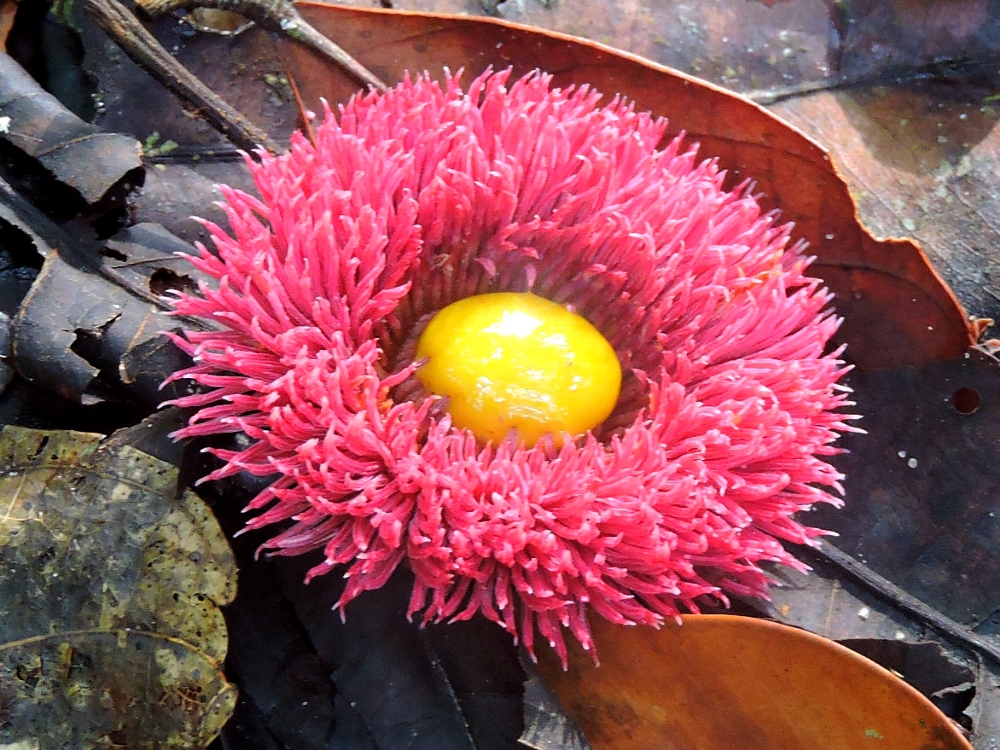
I have used the exact same types of drivetrain components for many years, including on my previous long tour, and by now I expect that with decent conditions they should work well for up to seventeen thousand kilometers of riding, while the worst performance I have had from one set was just thirteen thousand. After the constant grit of spring 2019, I began to notice the first signs of excessive wear after only eight thousand kilometers. By ten thousand, the set I began the Tour with had given up entirely, going from reasonably functional, with accommodations, to completely useless in a single day, thanks to one last rainstorm as I entered Manaus. Brazil does not have much of a cycling culture, compared to other countries, and so finding suitable replacement parts is usually only possible in the major coastal cities. Fortunately, after leaving Manaus by boat, I would next visit Belem, which had a reasonable bike shop available. I was able to buy a new chain and cassette there, which, though they weren’t of my usual specs, was enough to get me moving again. However, I foolishly didn’t fine tune the shifting after I installed them (because I hurriedly did the work outside, under 40C temperatures,) and that eventually caused me to break one of my shifter levers. A previously scheduled overhaul has been planned for just after the upcoming sea voyage, and I have already made arrangements to deal with the lever repair, and nothing will make me happier than to have the bike back in top form again. I hope that the weather will cooperate from now on, and I won’t need to worry about such things again for a long while.
With regards to the other major themes of the World2 Tour, this section could be said to have been generally successful. For World Heritage Sites, I visited fifteen since leaving the USA, and while that is not a particularly large number, it does represent almost all of the Sites found in the northeastern part of South America, and all of the Sites that I had intended to visit, as well as one or two that I had considered to be optional. In fact, I have now seen twenty-one out of twenty-two Sites in Brazil, with the only one I have missed being a modern architecture site that was added to the list in 2016, and so not considered to be a big miss by me. Viewed as a group, this set of Sites may not be as amazing as those found elsewhere in the Neotropics, including those I visited during my previous Tour. However, though there was no Machu Picchu, Iguazu, or Cartageña this time, the Sites I visited were all worthwhile and each added something unique to this section of the Tour. I probably enjoyed Serra da Capivara the most, and would have appreciated having some more time available there. My only disappointment was that, for time reasons, I skipped visits to two tentative
WHSs, which could be added to the list in the next few years. If they eventually are, I will, of course, regret that oversight even more.
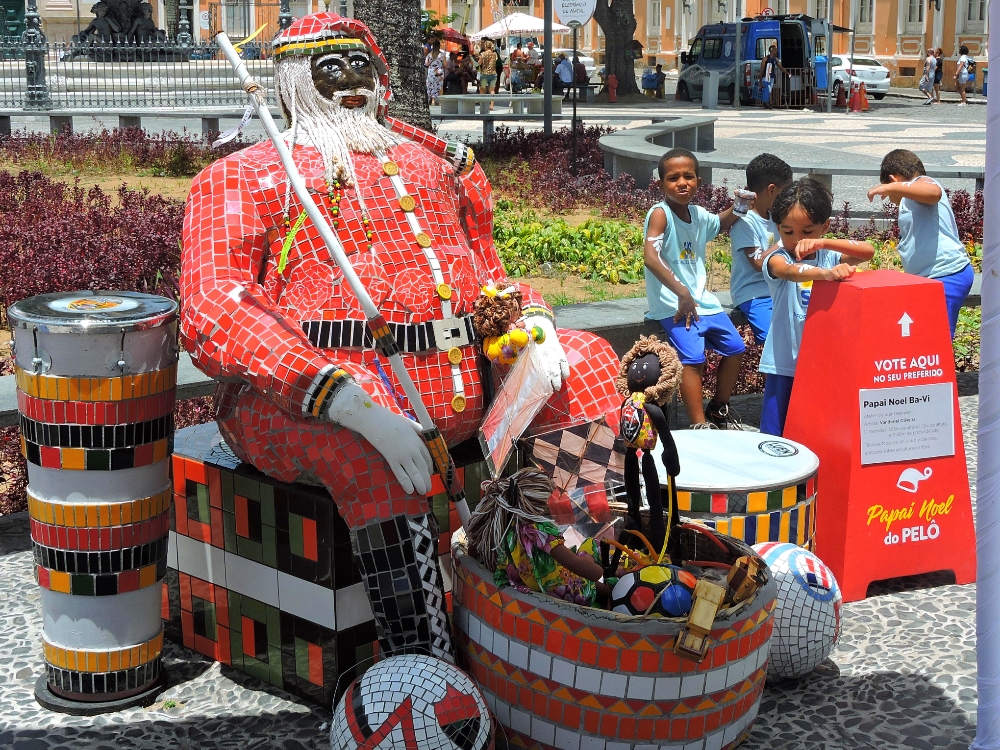
My Birding results were generally good, though before I began this section I had delusional thoughts of seeing even greater numbers of new birds in this region. As it turned out, I added two hundred sixty-seven Life Birds during this section, bringing my total for World2 to three hundred forty-two. I might have hoped to be closer to five hundred by this point, and the level I am at now will likely make my goal of one thousand a little tough to achieve. On the other hand, during the Neotropical Stages of the Tour of Gondwana I saw about four hundred new birds, or just about six new birds per week during that much longer tour, while for World2 I have averaged just under two new birds per day, a satisfying improvement in my rate.
While I might have enjoyed seeing greater numbers, the quality of the species I did see generally exceeded my expectations. Of the species that were serious targets, I saw just about all of them, so that was satisfying. With regard to some of more charismatic families found in this region, I observed sixteen new Parrot species, brining my life total to ninety-four, thirty species of Hummingbirds, raising my count to ninety-two, and eight types of Woodpeckers and, while that is not a great number, I now have seen thirteen of the twenty-four species in the genus Melanerpes, my personal favorite. There were many other species that I would have loved to have seen, and I did miss many of those, so those impressive birds will likely be forever unseen by me. Overall, combining my two long tours in the Neotropics, and a few shorter trips made in between them, I have seen about nine hundred bird species there. While not an exhaustive amount, that is a significant fraction of the total number of species living in that part of the World. Though I may never return to this region I have already seen many of its best birds, and that is a situation I can live with. And, perhaps I am being a little too pessimistic about the next section’s potential. While the diversity of species will not be as high, a higher fraction of the birds there may be new to me, so maybe one thousand will be reachable after all, time will tell. For now, here is another image of the Champion Bird of this section, the incomparable Guianan Cock-of-the-Rock.
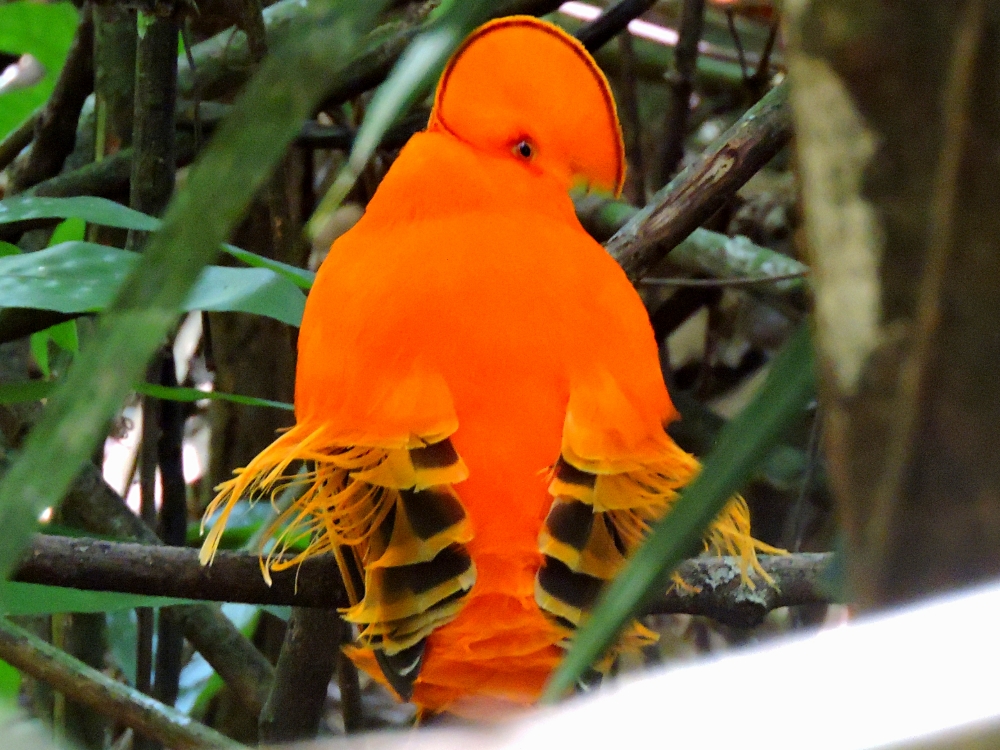
Now, I am definitely ready for a change of scene, and to say farewell to this part of the World. It has been another interesting experience, but new and unseen areas await. Two weeks at sea is also just what I need right about now. I hope the clean air and solitude of the Atlantic will soon have me back in top form and ready to move in a new location. Recently, I had spent some considerable time searching for a version of the World2 theme song that was sung in Portuguese, or perhaps a Reggae version, but the closest I could come up with was this version by the Brazilian singer Gustavo Steiner. Obrigado!